Nectar concentration and nectar production
jay733
13 years ago
Related Stories
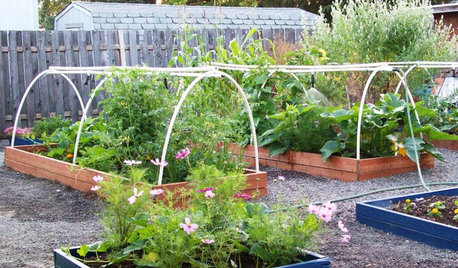
BENEFICIAL INSECTSAttract Pollinators for a Productive Edible Garden
You can lure bees, butterflies and birds into your yard with the right flowers and nesting spots
Full Story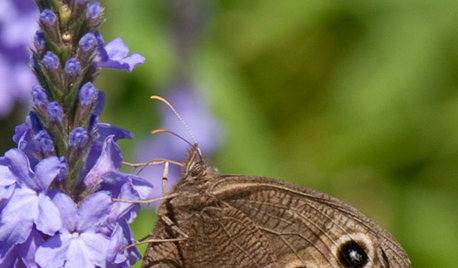
GARDENING GUIDESGreat Design Plant: Verbena Stricta Tolerates Tough Spots
With its subtle beauty and long-lasting flowers, this pollinator pleaser is a boon to wilder areas
Full Story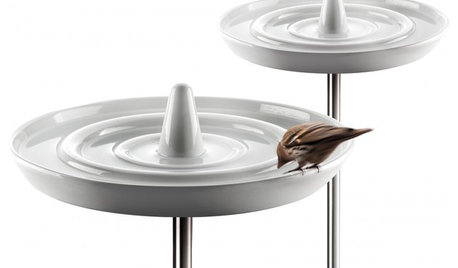
GARDENING AND LANDSCAPINGDesign Details: Outdoor Decor for the Birds
Feeders, Houses and Baths for Our Feathered Friends
Full Story
GARDENING GUIDES6 Plants That Beat Butterfly Bush for the Wildlife Draw
It's invasive, a nonnative and a poor insect magnet. Check out these better alternatives to butterfly bush in the garden
Full Story
GARDENING GUIDESInvite Mining Bees to Your Garden by Planting Their Favorite Plants
Look for mining bees (Andrena) pollinating woodland wildflowers in U.S. gardens this spring
Full Story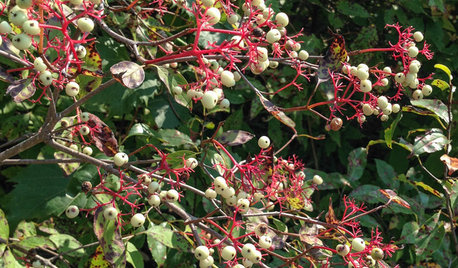
GARDENING GUIDESGreat Design Plant: Cornus Racemosa
In eastern North America, plant gray dogwood for erosion control or privacy, and you'll get flowers, berries and maroon fall foliage too
Full Story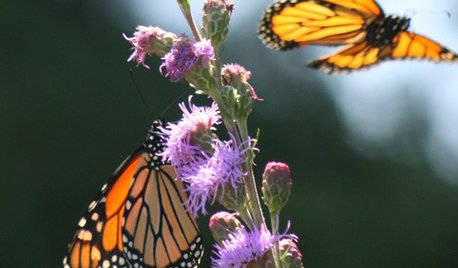
GARDENING GUIDESGreat Design Plant: Meadow Blazing Star (Liatris Ligulistylis)
Make fast friends with the monarch butterflies and get a color show too with this adaptable U.S. Midwest native
Full Story
GARDENING GUIDES8 Native Shrubs for Year-Round Bird Feeding
It’s not just about berries. These plants provide insects for birds and seasonal interest for gardeners
Full Story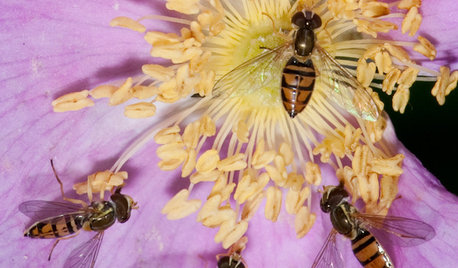
GARDENING GUIDESThis Fly Is One of the Most Beneficial Insects Around
Meet the syrphid fly, a colorful pollinator that also beats chemicals for controlling aphids and other garden pests
Full Story
GARDENING FOR BUTTERFLIESA Quick-Start Guide to Bird-Watching for Fun and Learning
Set out some seed and grab your field guide. Bird-watching is an easy, entertaining and educational activity for the whole family
Full StoryMore Discussions






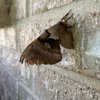
ctnchpr
eigdeh
Related Professionals
Anderson Landscape Contractors · Waterbury Landscape Contractors · Del Aire Landscape Contractors · Fairfield Landscape Contractors · Maywood Landscape Contractors · Pacifica Landscape Contractors · Parker Landscape Contractors · Ramsey Landscape Contractors · Twin Falls Landscape Contractors · Bull Run Specialty Contractors · Jupiter Decks, Patios & Outdoor Enclosures · Kissimmee Decks, Patios & Outdoor Enclosures · Pittsburgh Decks, Patios & Outdoor Enclosures · Pueblo West Decks, Patios & Outdoor Enclosures · Saint Louis Park Decks, Patios & Outdoor Enclosuresjay733Original Author
eigdeh
ctnchpr
eigdeh
ctnchpr